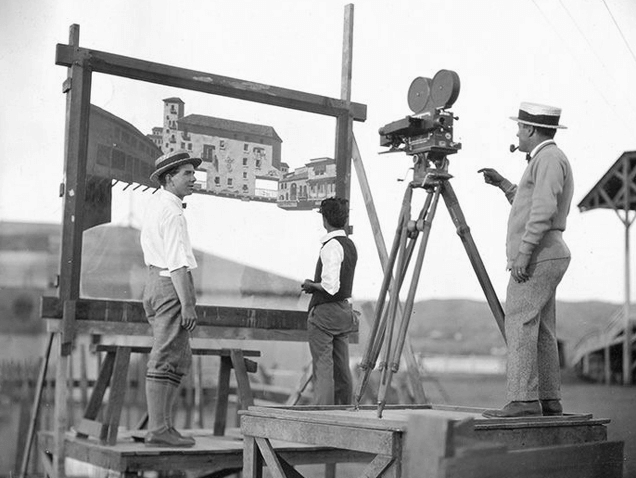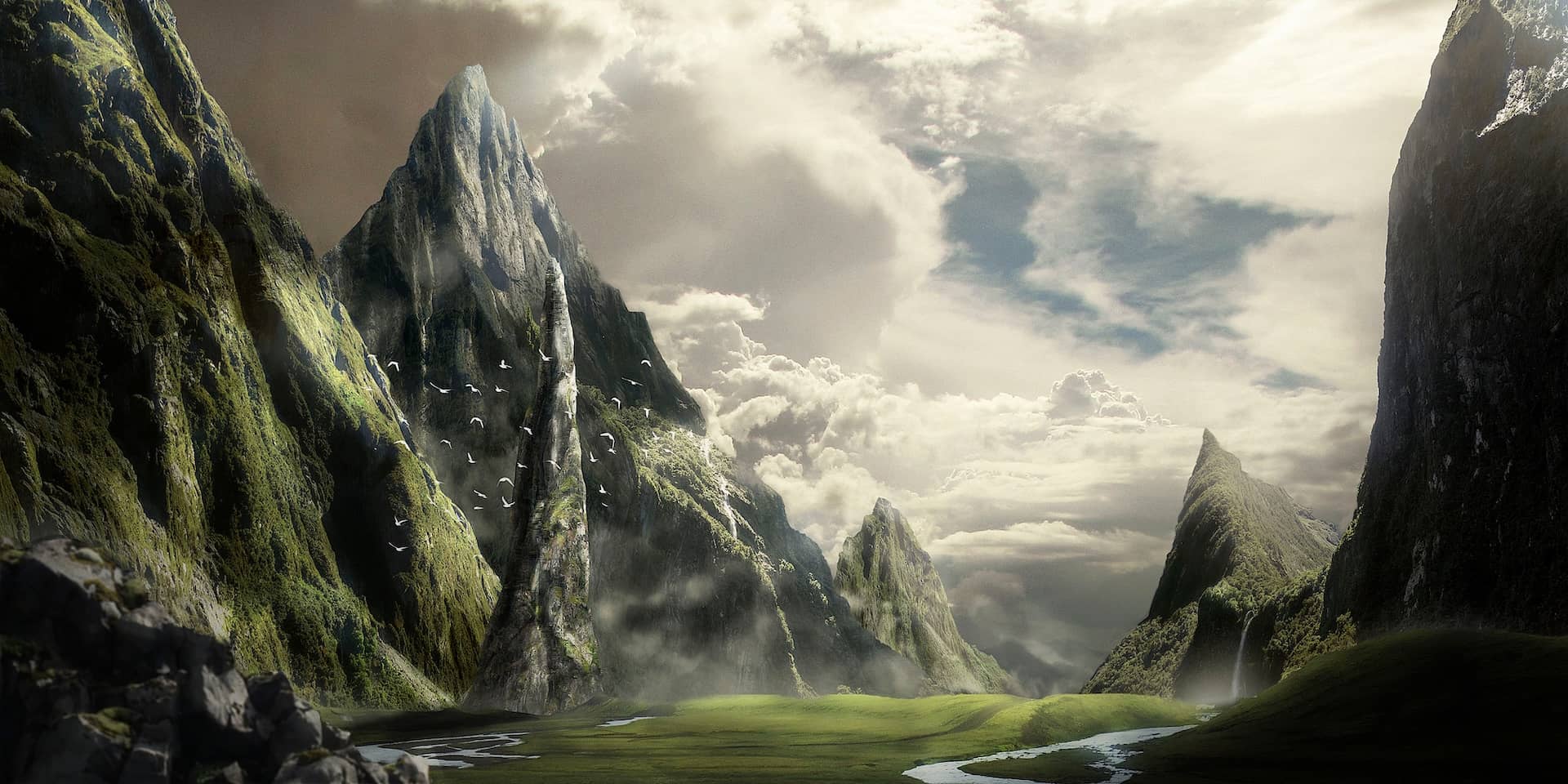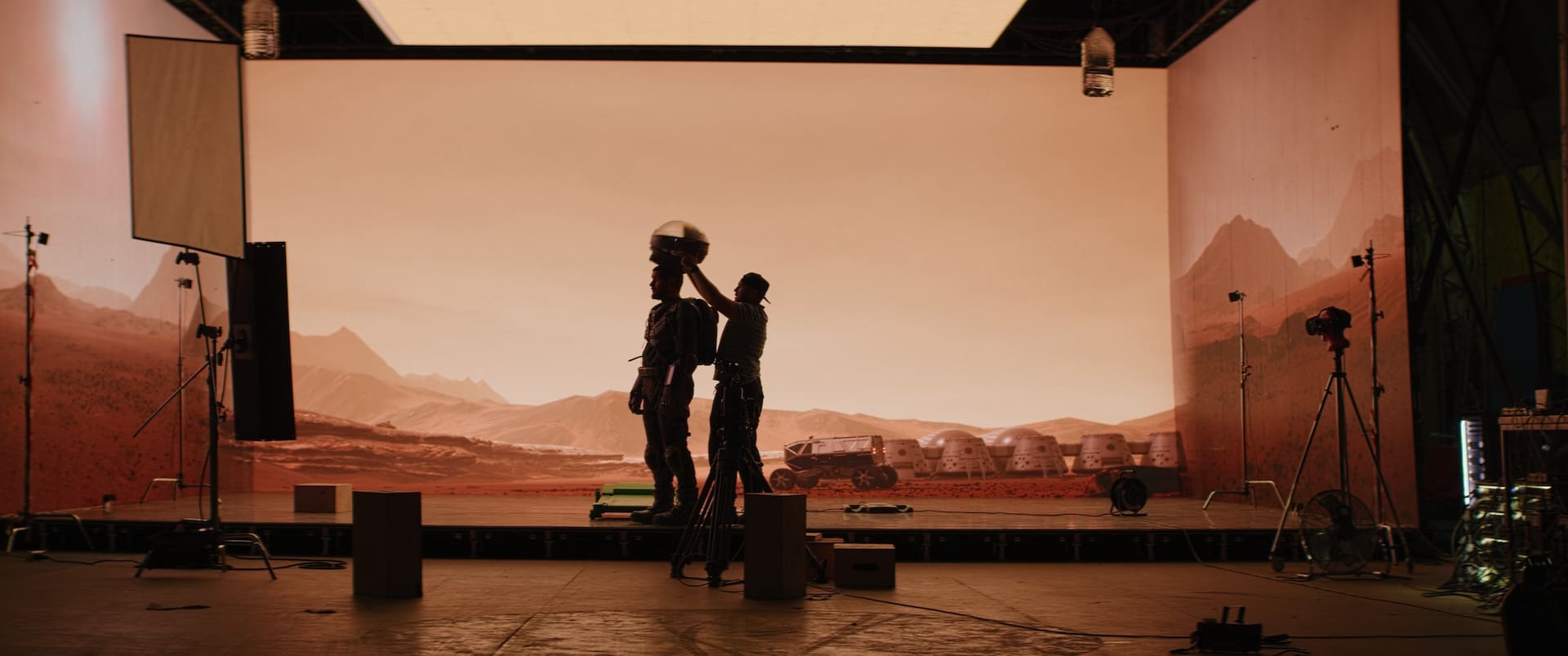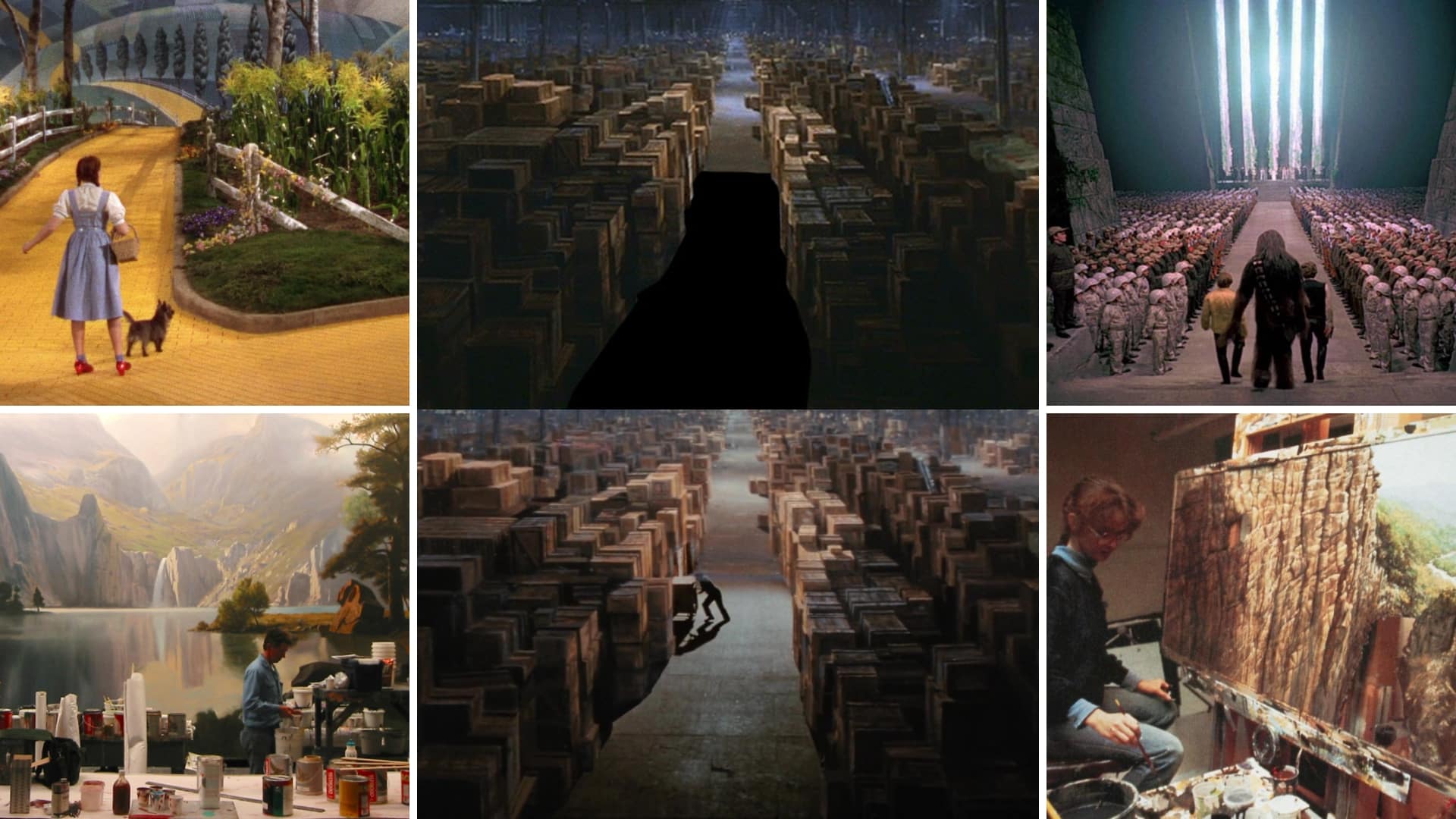Matte painting is a technique used in filmmaking to create unique and realistic sets on a low budget. This method has been used by filmmakers since the early 1900s and has become an integral part of creating stunning visuals for films. But what is matte painting in film production? In this article, we will look at what it is, its history, and how it can be used to enhance storytelling through film.
What is Matte Painting in Film?
Matte painting in film explained
Although matte painting has undoubtedly evolved over the history of cinema with advancements in technology, the principle of it still remains. Let’s take a look at the matte painting definition to better understand its function in film.
MATTE PAINTING DEFINITION
What is matte painting in film?
Matte painting is a technique in which a painting, photograph, or digital image is used to augment or replace elements in a shot. This method has been used since the early 1900s and has become an integral part of creating impressive visuals.
The process typically involves taking photographs or pre-existing artwork, digitally editing them, and then combining them with other elements such as 3D models, special effects, and props. These painting can be used for wide shots of landscapes and cities, close-ups of interiors or objects, abstract art, animation backgrounds, sky replacements, and more.
In addition to being cost-effective and time-efficient, this technique offers filmmakers the flexibility to create unique visuals that would otherwise be impossible without it.
What is matte painting used for?
- Creating wide shots of landscapes and cities
- Creating close-ups of interiors or objects
- Adding realistic elements to existing sets or locations
- Sky replacements and enhancement
Types of Matte Painting
History of matte painting in film
The art of matte painting has been used in filmmaking for over a century. It was developed as a cost-effective alternative to building large sets. As the scope and vision for films outgrew their budgetary limits, alternative techniques like these were essential.
During this time, artists would paint backgrounds onto large sheets of glass using oil paints and brushes. These paintings would then be placed behind actors on camera and silhouetted in order to create stunning environments.

Matte Painting Film History
In the 1950s, matte painters began to use pieces of cardboard cutouts to use for foreground elements such as trees or buildings. This method allowed them to add additional layers of detail and texture without having to build physical sets or models from scratch.
An alternative technology also emerged called keying or chroma key. This is what most people know as green screen or blue screen compositing.
The advent of digital technology has had a tremendous impact on this technique. With the invention of programs such as Adobe Photoshop, Illustrator, and 3D Studio Max, digital painters could now manipulate photographs or pre-existing artwork and combine them with other elements such as 3D models and special effects to create believable worlds for films.

Digital matte painting example
Here's a video breakdown from Corridor Crew on how this technique works with a tutorial on how to do it yourself in After Effects.
Digital matte painting in After Effects
This method is much more efficient than traditional matte painting. It also offers a degree of precision that was not available before with traditional methods. Digital tools allow for minor adjustments and alterations after the initial painting is completed. Additionally, artists are able to save time by using pre-made templates or stock images instead of starting from scratch each time.
Digital matte painting example
One big leap in technology is virtual production. Virtual production, or virtual cinematography, is a new technique that combines the art of matte painting with modern CGI technology to create incredibly realistic and immersive environments for films.
Through this method, filmmakers are able to combine elements such as 3D models, pre-made textures and backgrounds, and computer-generated lighting effects in order to create virtual sets that look believable on camera.

Virtual Production in Film
Matte painting has been a staple of filmmaking since the early days of Hollywood, but it has evolved significantly over the years. Let’s take a look at the advantages both in past cinema and in its evolved form today.
Related Posts
What is Matte Painting Used For?
Benefits of Using Matte Painting in Film
There are many benefits and various reasons why filmmakers would opt to use the technique in their production. Let’s take a look at the most common reasons to use matte painting in film.
Ability to create a believable environment with limited resources
Matte painting is an incredibly powerful type of VFX that can be used to create a realistic and believable environment with limited resources. A skilled artist can create a believable scene from just a few pieces of artwork and some digital manipulation. It’s used in films, TV shows, video games, and even commercials to bring an imaginary world to life on screen.

Digital Matte painting artwork
Using simple techniques like adding lighting effects, shifting perspective, blurring edges and blending elements together, painters are able to craft stunning and detailed scenes.
Versatility and scalability of matte paintings to create unique visuals
This technique offers an incredible degree of versatility and scalability, making it a great choice for creating unique visuals with limited resources. It can be used to create anything from large-scale environments and sweeping landscapes to complex characters or even abstract pieces of artwork.

Virtual production is the new matte painting • Astronaut on Mars
Additionally, matte paintings are infinitely scalable — meaning they can be adapted easily to fit any size screen or environment, from small smartphone displays all the way up to IMAX theaters. With the combination of its unmatched visual fidelity and flexible scalability, matte painting is one of the most powerful tools in any filmmaker’s toolbox.
Creates an “illusion” which can be used as a storytelling tool
Matte painting provides a unique storytelling tool — the ability to create an “illusion.” By combining various elements from different sources and digitally manipulating them, matte painters are able to craft seemingly real scenes that are custom-designed for the story they’re telling.
This allows filmmakers, video game developers, and other creatives to explore any kind of scene without having to worry about budget or practicality. From creating vast worlds full of intricate detail to designing imaginative characters and abstract spaces, matte painting gives creativity the freedom to go beyond the limits of reality.
Digital matte painting example
Overall, matte painting is a powerful creative tool that has the potential to turn any idea into reality. By combining traditional art techniques with digital technology, matte painters have the unique ability to create visually impressive scenes while also telling amazing stories.
Whether you’re creating a sweeping landscape or an incredible character design, matte painting offers unlimited possibilities and opportunities for any filmmaker or video game developer. With its versatility and scalability, there is no limit to what can be created with matte painting — making it one of the most valuable tools in any creative’s arsenal.
Up Next
What is Virtual Production?
Virtual production, as we mentioned above, is in many ways an evolution of matte painting. In our next article, we look at how virtual production is achieved and why it's a game changer for filmmakers.
Up Next: Virtual Production Explained →
Share your vision with elegant shot lists and storyboards.
Create robust and customizable shot lists. Upload images to make storyboards and slideshows.
